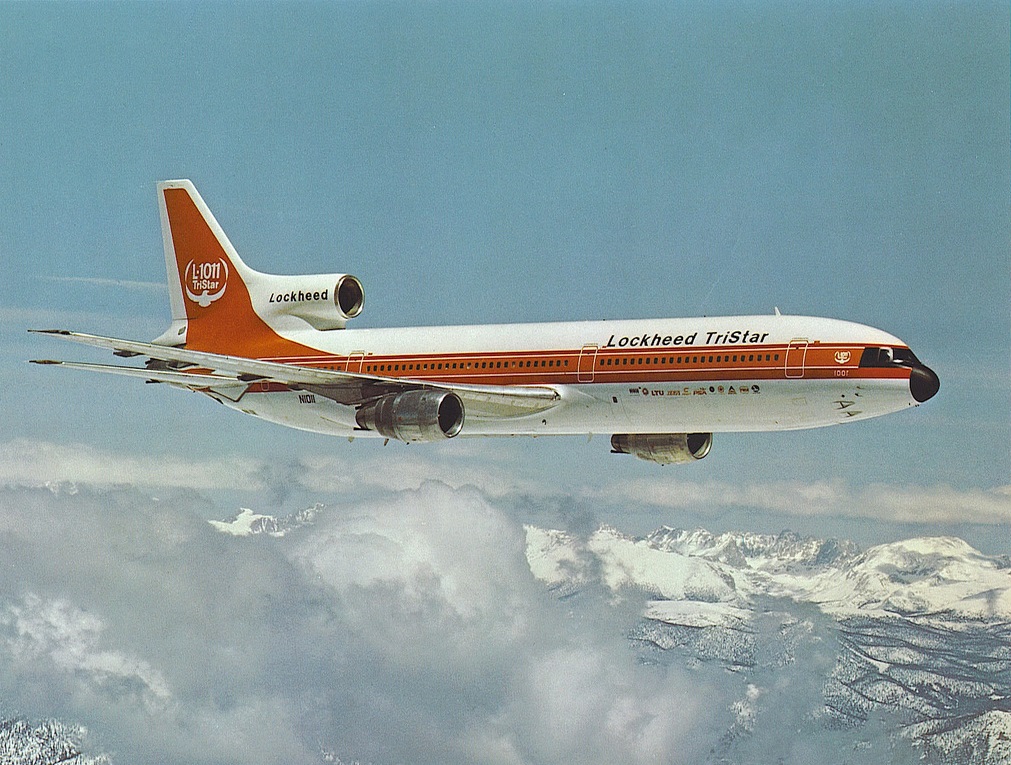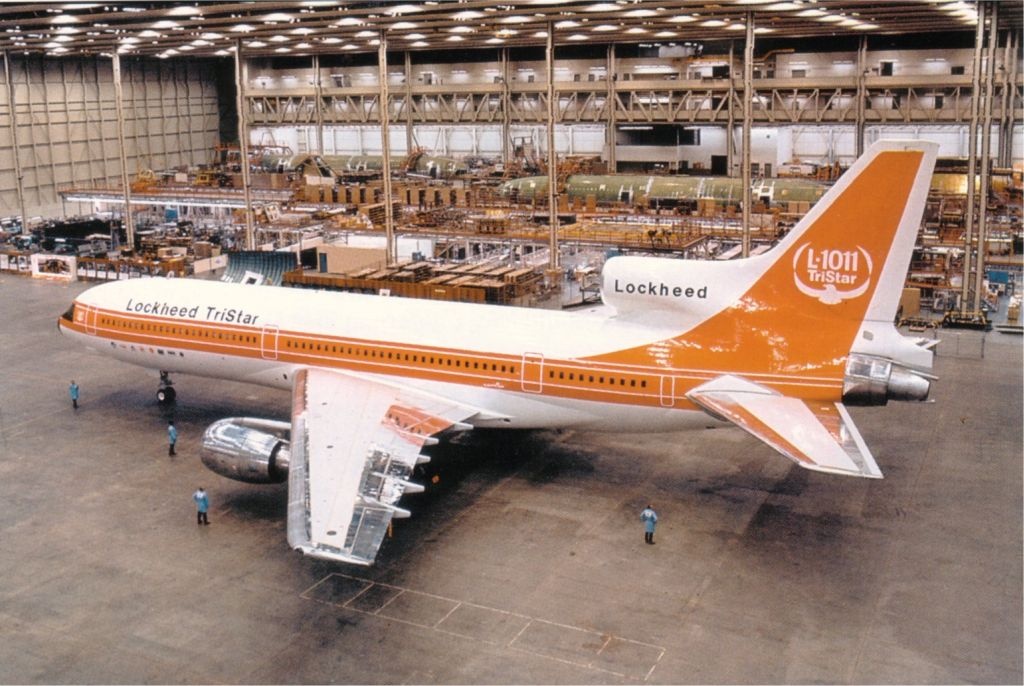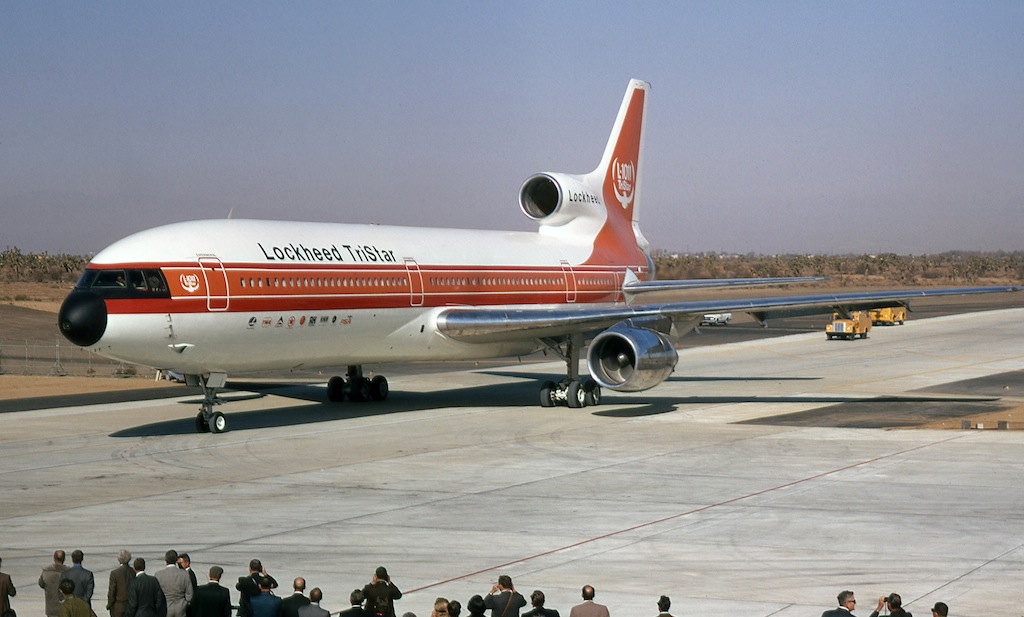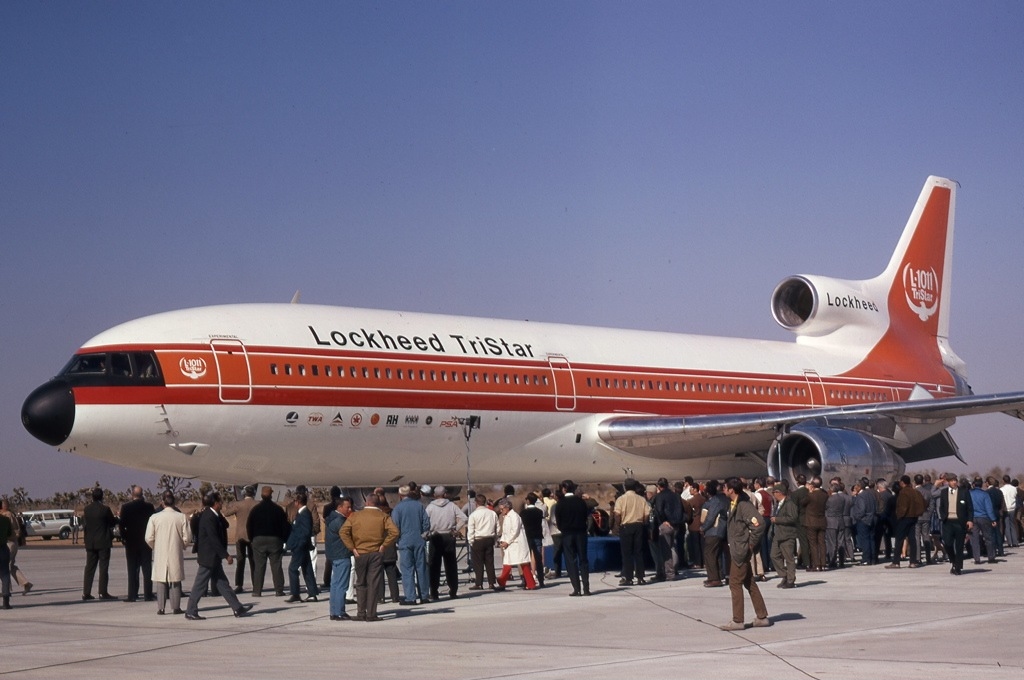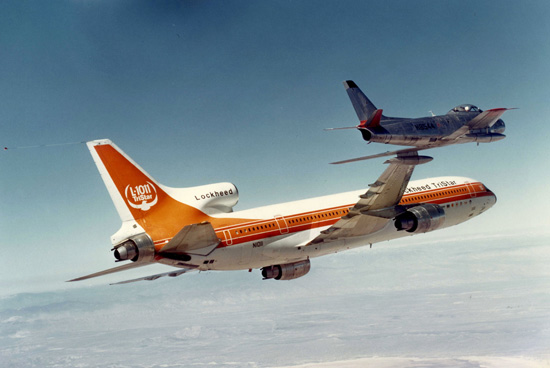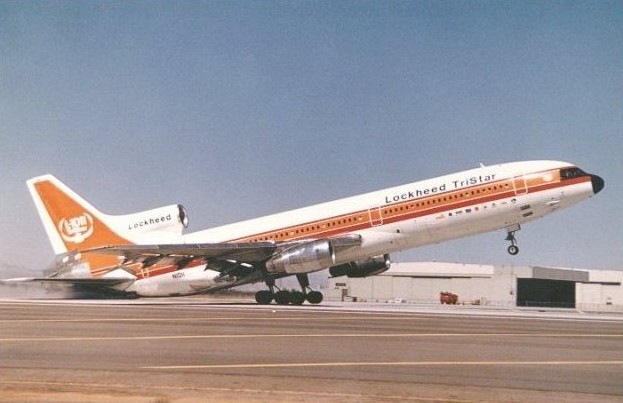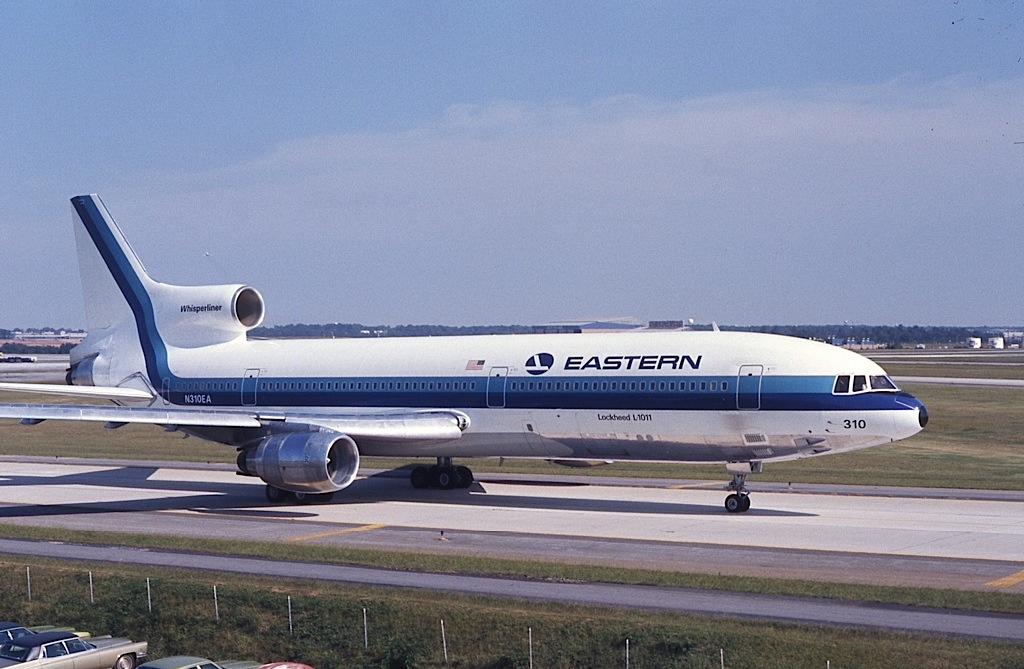
![]() 29 December 1972: Eastern Air Lines Flight 401, a Lockheed L-1011 TriStar, was en route from John F. Kennedy International Airport (JFK), New York, to Miami International Airport (MIA), Florida, with a crew of 13 and 163 passengers. The flight was under the command of Captain Robert Albin Loft, a 32-year-veteran of Eastern Air Lines. The co-pilot was First Officer Albert John Stockstill, a former U.S. Air Force pilot who had flown with Eastern as a flight engineer for 12 years before upgrading to first officer the previous year. The Second Officer (flight engineer) was Donald Louis Repo. He was employed as a mechanic by Eastern in 1947, and had qualified as a flight engineer in 1955.
29 December 1972: Eastern Air Lines Flight 401, a Lockheed L-1011 TriStar, was en route from John F. Kennedy International Airport (JFK), New York, to Miami International Airport (MIA), Florida, with a crew of 13 and 163 passengers. The flight was under the command of Captain Robert Albin Loft, a 32-year-veteran of Eastern Air Lines. The co-pilot was First Officer Albert John Stockstill, a former U.S. Air Force pilot who had flown with Eastern as a flight engineer for 12 years before upgrading to first officer the previous year. The Second Officer (flight engineer) was Donald Louis Repo. He was employed as a mechanic by Eastern in 1947, and had qualified as a flight engineer in 1955.
On approach to MIA, the flight crew lowered the landing gear. The indicator light for the nose gear did not illuminate. Captain Loft informed the Miami control tower that he was abandoning the approach and requested a holding pattern. Miami Approach Control placed Flight 401 in a “race track” pattern at 2,000 feet (610 meters), west of MIA.
The flight crew confirmed that the landing gear was operating properly, and confirmed that the incandescent light bulb for the gear position indicator was burned out. Still, all three members of the flight crew, as well as a fourth Eastern Air Lines employee who was in the cockpit, continued to investigate the light’s malfunction. While they did so, the airplane entered a very gradual descent which went unobserved by the crew.
The following partial transcript is from the airplane’s Cockpit Voice Recorder:
Miami Approach Control: “Eastern, ah Four Oh One how are things comin’ out there?” [2341:40]
Eastern Air Lines Flight 401: “Okay, we’d like to turn around and come back in.” [2341:44]
Miami Approach Control: “Eastern Four Oh One turn left heading one eight zero.” [2341:47]
First Officer: “We did something to the altitude.” [2342:05]
Captain: “What?” [2342:05]
First Officer: “We’re still at two thousand, right?” [2342:07]
Captain: “Hey, what’s happening here?” [2342:07]
Radar Altimeter Altitude Alert: BEEP BEEP BEEP BEEP BEEP BEEP [2342:10]
(Sound of ground impact) [2342:12]
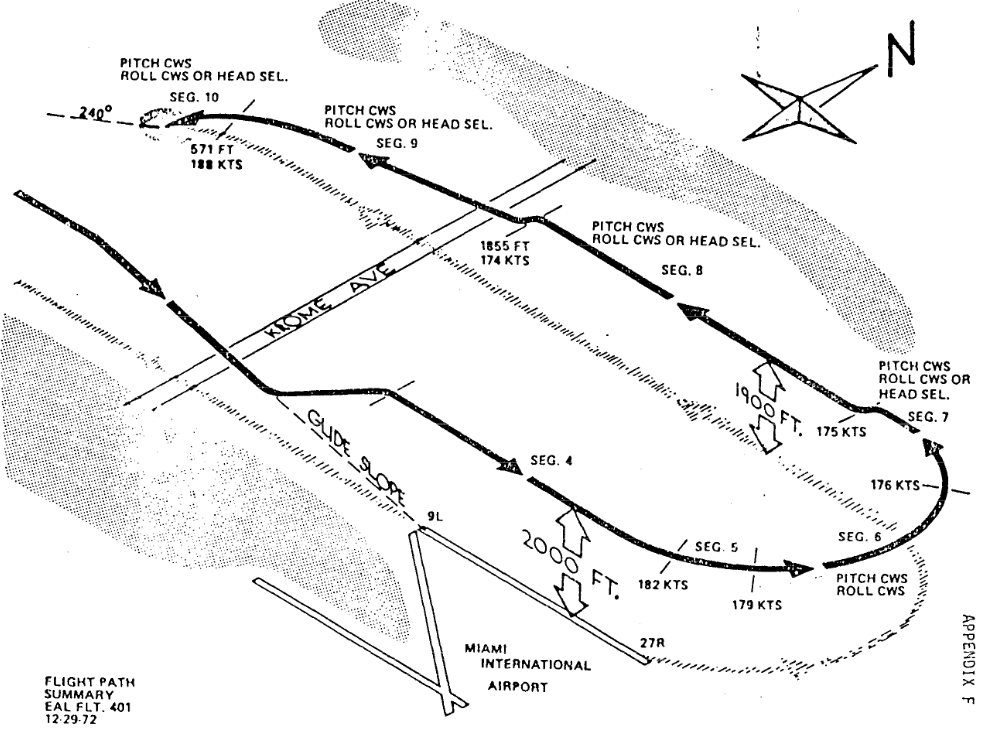 At 11:42:12 p.m., Eastern Standard Time, Flight 401 impacted the surface of an Everglades swamp, 18.7 miles (30.1 kilometers) west-northwest of the end of Runway 9L. The TriStar hit the ground at 227 miles per hour (365 kilometers per hour) in a 28° left bank. Of the 176 persons on board, 99 were killed and 75 were injured. 2 of the injured died later.
At 11:42:12 p.m., Eastern Standard Time, Flight 401 impacted the surface of an Everglades swamp, 18.7 miles (30.1 kilometers) west-northwest of the end of Runway 9L. The TriStar hit the ground at 227 miles per hour (365 kilometers per hour) in a 28° left bank. Of the 176 persons on board, 99 were killed and 75 were injured. 2 of the injured died later.
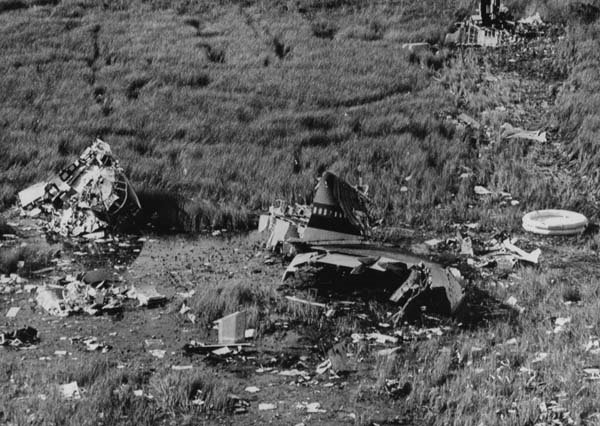
The cause of the accident was “pilot error.” In the simplest terms, the flight crew failed in their primary responsibility to FLY THE AIRPLANE while they dealt with an inconsequential technical issue. At the time, this was the highest number of fatalities in an aircraft accident in the United States.
PROBABLE CAUSE: “The National Transportation Safety Board determines that the probable cause of this accident was the failure of the fight crew to monitor the flight instruments during the final 4 minutes of flight, and to detect an unexpected descent soon enough to prevent impact with the ground. Preoccupation with a malfunction of the nose landing gear position indicating system distracted the crew’s attention from the instruments and allowed the descent to go unnoticed.”
— Aircraft Accident Report, Eastern Air Lines, Inc. L-1011, N310EA, Miami, Florida, December 29, 1972, Report Number NTSB-AAR-73-14, Adopted 14 June 1973, Chapter 2.2 at Pages 23–24
Following the crash of Eastern Air Lines Flight 401, and the similar crash of a United Air Lines DC-8, Flight 173, at Portland, Oregon, 28 December 1978, airlines developed a system called Cockpit Resource Management to ensure that the flight crews stayed focused on cockpit priorities while dealing with unexpected issues.
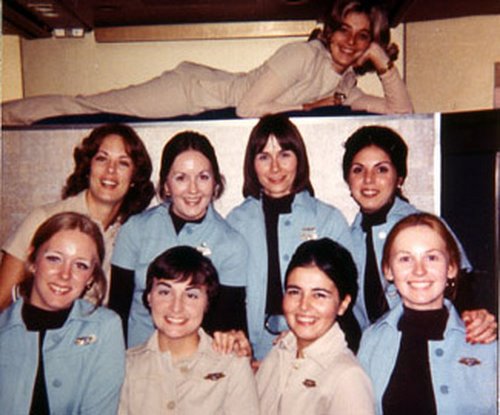
 Flight 401 was a Lockheed L-1011-385-1 TriStar, a long-range variant of the “wide body” airliner, FAA registration N310EA, (serial number N193A-1011) which had been delivered to Eastern Air Lines 18 August 1972 had entered service three days later. At the time of the crash it had just 986 hours total flight time (TTAF).
Flight 401 was a Lockheed L-1011-385-1 TriStar, a long-range variant of the “wide body” airliner, FAA registration N310EA, (serial number N193A-1011) which had been delivered to Eastern Air Lines 18 August 1972 had entered service three days later. At the time of the crash it had just 986 hours total flight time (TTAF).
The L-1011 was a very technologically advanced airliner, operated by a flight crew of three, and could carry a maximum of 330 passengers. The –385 was 14 feet shorter than the previous TriStar versions, with a length of 164 feet, 2.5 inches (50.051 meters). It had longer wings, spanning 164 feet, 4 inches (50.089 meters). Its overall height was 55 feet, 4 inches (16.865 meters). Empty, it weighed 245,400 pounds (111,312 kilograms). The maximum takeoff weigh was 510,000 pounds (231,332 kilograms) and maximum landing weight, 368,000 pounds (166,922 kilograms).
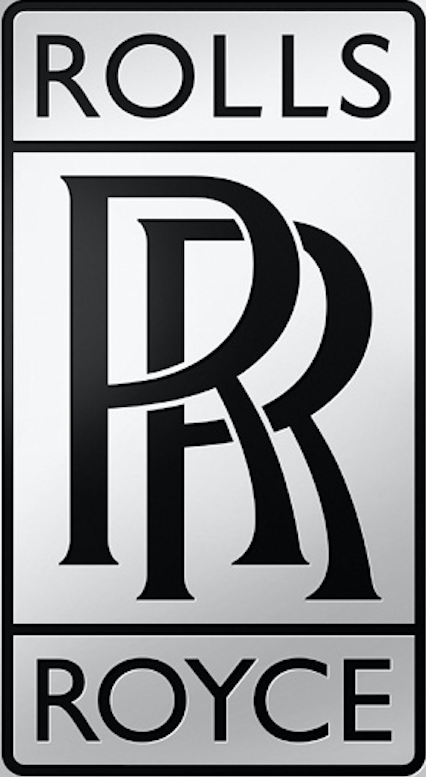 N310EA was powered by three Rolls-Royce RB.211-22C turbofan engines, with two suspended on pylons under the wings and one in the rear of the fuselage. They produced 42,000 pounds of thrust (186.83 kilonewtons), each.
N310EA was powered by three Rolls-Royce RB.211-22C turbofan engines, with two suspended on pylons under the wings and one in the rear of the fuselage. They produced 42,000 pounds of thrust (186.83 kilonewtons), each.
The L-1011-385-1 had a maximum speed of 0.95 Mach. Its cruising speed was 604 miles per hour (972 kilometers per hour). Range with maximum passengers was 6,151 miles (9,899 kilometers). The service ceiling was 43,000 feet (13,106 meters).
The Lockheed L-1011 was in production from 1968 to 1984. 250 of the airliners were built at Palmdale, California.

© 2018, Bryan R. Swopes
